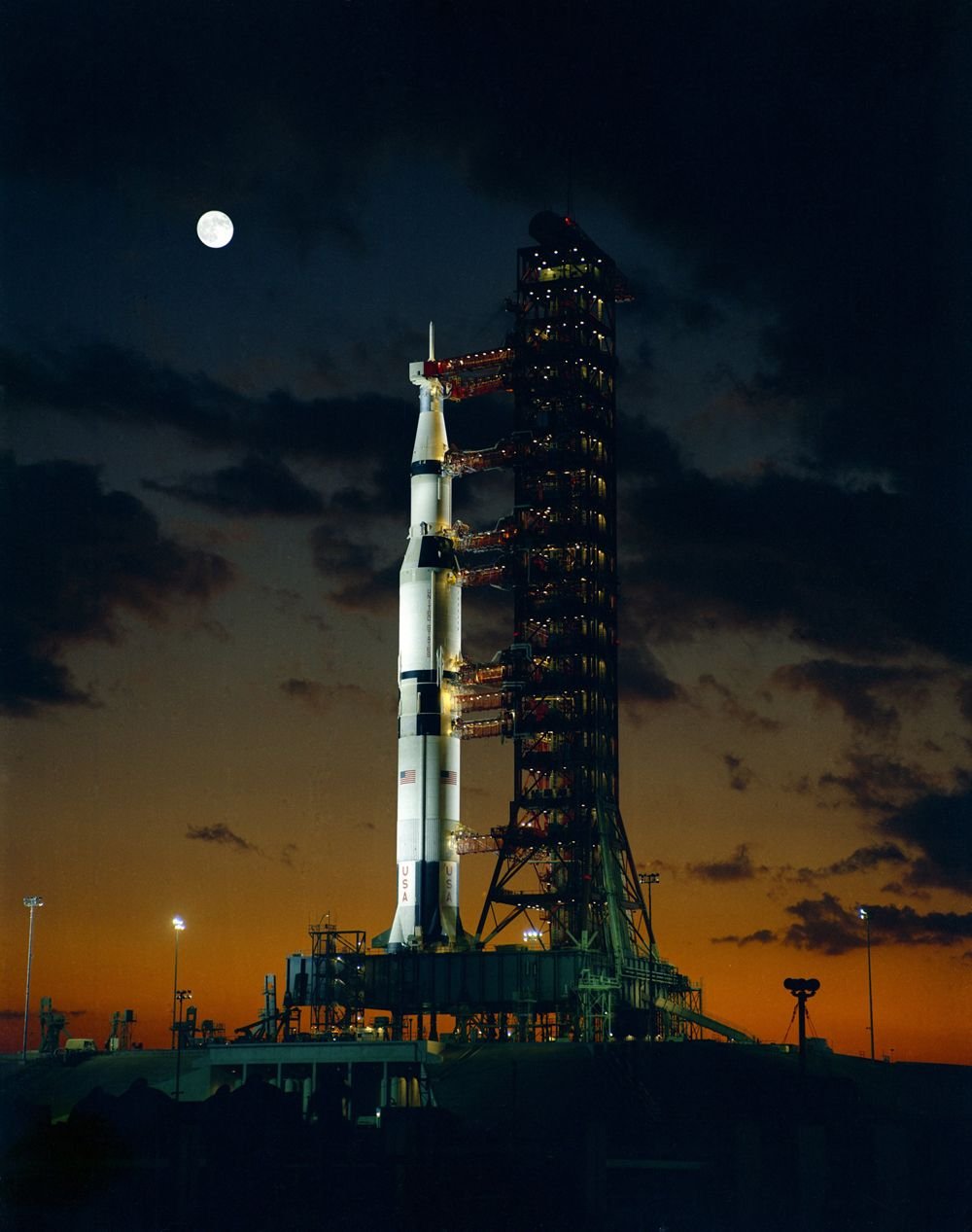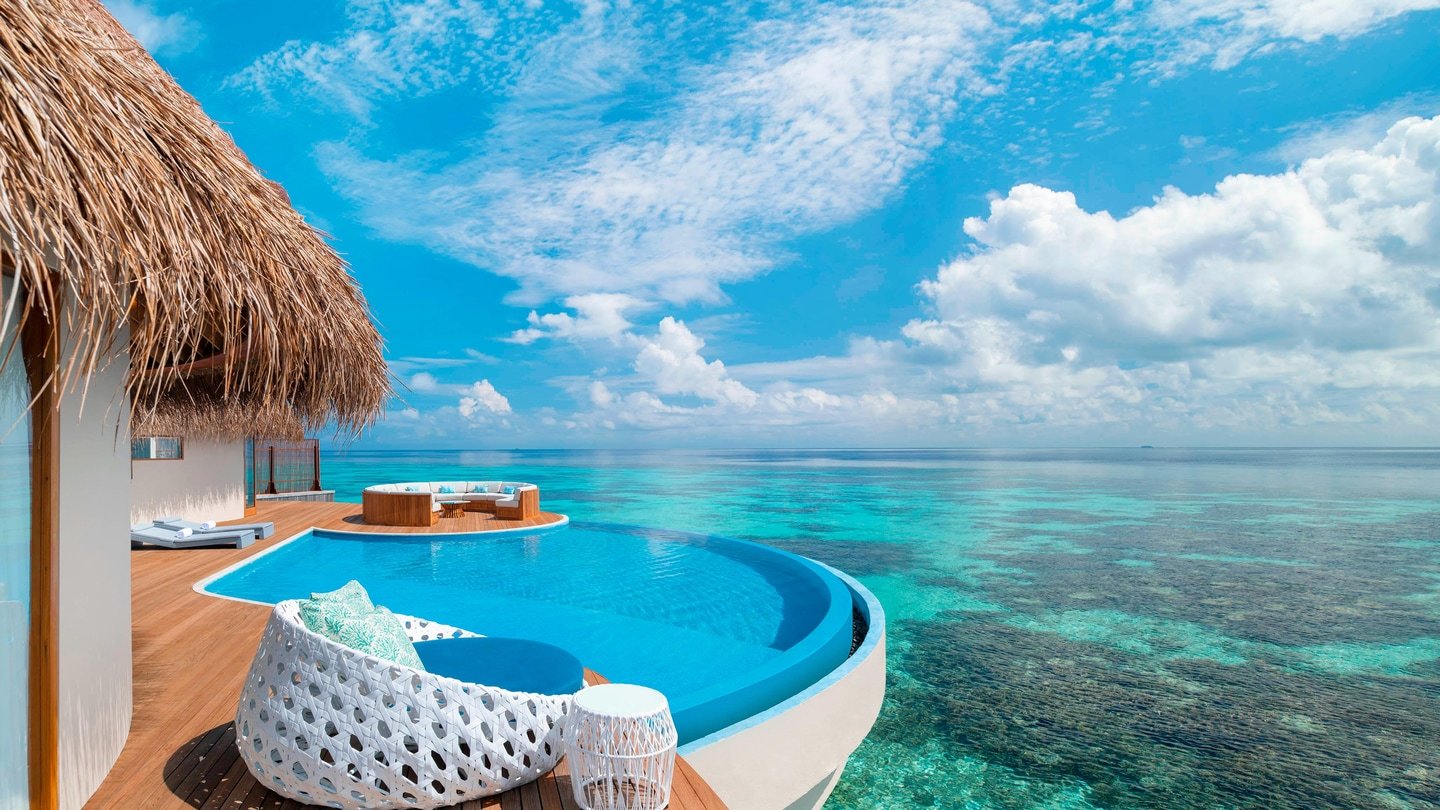10 Largest lakes in USA
A lake is a body of water that is contained within a basin, encircled by land, and separate from any rivers or other outlets that are used to fill or empty the lake.
Although lakes are on land and not in the ocean, they constitute a component of the Earth’s water cycle, just like the much bigger seas. Lagoons, which are typically ocean coast areas, are different from lakes. Although there is no formal or scientific definition, lakes are often deeper and larger than ponds, which are also on land. Today we are going to have a look at the 10 Largest lakes in USA.
Most rivers and streams feed and drain lakes.
The United States is home to a lot of lakes, including a few of the largest lakes in the world.
Here is a list of the 10 Largest lakes in USA:
- Lake Superior
- Lake Huron
- Lake Michigan
- Lake Erie
- Great Salt Lake
- Lake of the woods
- Iliamna Lake
- Lake Oahe
- Lake Okeechobee
- Lake Pontchartrain
1. Lake Superior
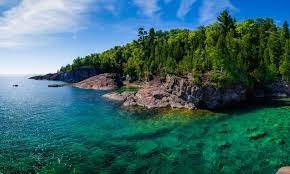
The largest lake in the country is Lake Superior. A portion of Ontario, Michigan, and Minnesota all border this lake.
This enormous lake is remarkable for containing a tenth of the fresh water on the surface of the Earth.
The lake can go down more than 1,000 feet!
By surface area, Lake Superior is the largest freshwater lake on earth. Superior is so enormous that early inhabitants referred to it as an inland sea.
It is roughly the size of the state of South Carolina or the nation of Austria. The good news is that there are no sharks in this inland sea.
The Canadian province of Ontario borders Superior to the north, as it does with all the other Great Lakes.
The Superior is bordered on its western and southern coasts by the American states of Minnesota, Wisconsin, and Michigan’s Upper Peninsula.
2. Lake Huron
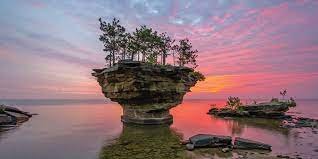
Lake Huron, another Great Lake, only has Canadian shorelines in Michigan and Ontario.
Huron Lake and Lake Michigan are frequently referred to collectively as Lake Michigan-Huron.
Despite the fact that the two lakes have a shared water flow, many people do not agree with this classification.
Beautiful dunes, beaches, woodlands, wetlands, and huge river systems are some of the lake’s most well-known features.
Lake Huron, the fourth-largest lake in the world, has a rich human history as well as many shipwrecks. As soon as you start to explore on and beneath its turquoise waves, you’ll find a lot of fascinating things.
3. Lake Michigan
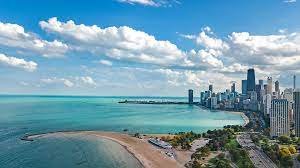
Although it is the third-largest lake in terms of area in the United States, Lake Michigan is the second-largest of the Great Lakes by volume.
Wisconsin, Illinois, Indiana, and Michigan all border this lake. Twelve million people reside in the cities that line its banks.
The biggest freshwater sand dunes in the world are found along the shore of Lake Michigan.
The greatest concentration of freshwater sand dunes in the world is found along the western coast of Michigan, including Sleeping Bear Dunes National Lakeshore and numerous smaller protected dunes.
4. Lake Erie
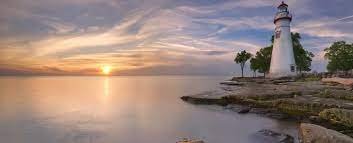
Another one of the Great Lakes is the fourth-largest lake in the country.
A number of Canadian provinces, as well as Pennsylvania, New York, Ohio, and Michigan, border Lake Erie.
The lake is well-known for its location in an area with regular thunderstorms, which makes travelling through the lake fairly risky. The lake is also well renowned for having many lighthouses.
A large walleye fishing may be found in Lake Erie, which is well-liked by sports fishermen.
Tourists can go out and catch smallmouth bass on charter fishing boats as well.
A common activity in Lake Erie is ice fishing. Bessie, a fabled lake monster that is most likely a big sturgeon, is another mythology from Lake Erie.
Here are some interesting Lake Erie facts.
- Lake Erie’s shoreline touches the most states.
- It’s one of the smallest of the Great Lakes.
- Smallest by volume, but not by surface area.
- Lake Erie is well connected.
- There is a sea monster in Lake Erie.
- The Battle of Lake Erie was over Detroit.
5. Great Salt lake
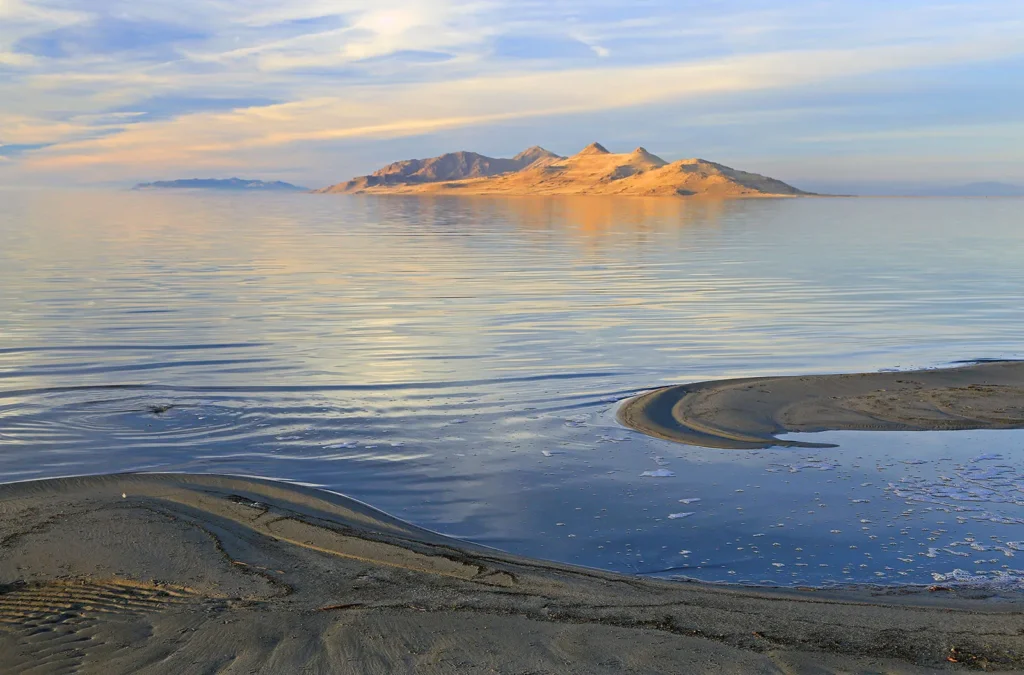
The Great Salt Lake, which is fully inside the state of Utah, is well-known for having a high salinity content.
Actually, this water contains a lot more salt than ocean water. Due to droughts in its tributaries, the lake has currently considerably decreased in size.
The lake’s environment is distinctive, and a wide variety of creatures call it home.
Some of the greatest bird populations in the world can be found in the Great Salt Lake!
The area is a crucial environment for migratory birds on a regional, national, and global scale.
In the lake’s North or South arms, no fish can live. Brine shrimp and brine fly larvae are the biggest aquatic creatures in the lake!
The Great Salt Lake, which is situated in Utah’s northern region, is the eighth-biggest terminal lake in the world and the largest salt water lake in the Western Hemisphere.
The lake’s surface area is roughly 4,400 km2 on average, although due to its shallowness, its size varies greatly from year to year.
6. Lake of the woods
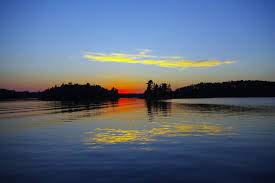
The majority of the territory where the Lake of the Woods divides Minnesota from portions of Canada is in Canada.
In addition to many people looking for enjoyment, this location is home to the Royal Lake of the Woods Yacht Club.
Several dams are located on the lake, which supplies drinking water to Winnipeg.
Known for its spectacular muskie fishing, Lake of the Woods also harbours walleye, pike, bass, lake trout, perch, crappie and whitefish.
The choice of lodges is also excellent with American Plan and housekeeping plans available.
Lake of the Woods, scenic lake astride the Canadian–United States boundary where the provinces of Ontario and Manitoba and the state of Minnesota meet.
Relatively shallow and irregular in shape, it is 70 miles (110 km) long and up to 60 miles (95 km) wide and has an area of 1,727 square miles (4,472 square km).
7. Iliamna Lake

Alaska’s Iliamna Lake, the third-largest lake fully within the United States, is situated there.
The lake is a renowned fishing spot and is rumoured to be the abode of a monster according to local mythology.
The lake is situated almost next to the peninsula in southern Alaska and is naturally occurring.
Iliamna Lake or Lake Iliamna is a lake in southwest Alaska, on the Alaska Peninsula, between Kvichak Bay and Cook Inlet, about 100 miles (160 km) west of Seldovia, Alaska.
It is the largest lake in Alaska, and the third-largest lake entirely in the United States.
Other world-class fishing includes Dolly Varden, arctic char, lake trout, and grayling.
The lake is connected to Bristol Bay by the Kvichak River, through which some marine mammals such as harbor seals and beluga whales can travel. Iliamna sometimes boasts a resident population of harbor seals.
8. Lake Oahe
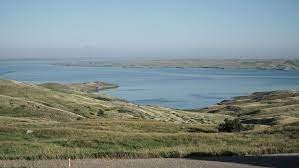
The Missouri River’s Lake Oahe is a reservoir that stretches from North Dakota to South Dakota due to its length.
Fishing enthusiasts frequent the lake, which is a popular recreational area.
Due to the Dakota Access Pipeline, which is scheduled to pass through the lake in part, the lake is currently the subject of numerous legal actions.
Lake Oahe is used for many purposes, including irrigation, hydroelectric power generation, and recreation. The dam and lake is one of several reservoir systems built on the Missouri River.
The Oahe Dam is a large earthen dam on the Missouri River, just north of Pierre, South Dakota, United States. The dam creates Lake Oahe, the fourth-largest man-made reservoir in the United States. The reservoir stretches 231 miles (372 km) up the course of the Missouri to Bismarck, North Dakota.
9. Lake Okeechobee
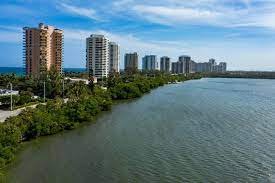
Due to its size, which may reach up to 700 square miles when there is a lot of water in the atmosphere, this lake is known as Florida’s inland sea.
Despite the lake’s size, it is only somewhat deep, with an average depth of 12 feet. Unfortunately, the presence of pollutants from hazardous runoff has severely harmed this lake.
Large Mouth Bass and Speckled Perch fishing at Lake Okeechobee is renowned for being excellent.
Numerous waterfowl hunters and fishermen come to the lake every year to take advantage of one of our natural riches.
Photographers come to Lake Okeechobee to capture the region’s spectacular landscapes, flora, and fauna.
10. Lake Pontchartrain
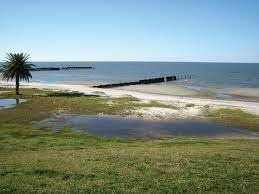
Lake Pontchartrain in Louisiana is a natural lake that is brackish because of its proximity to the Gulf of Mexico. The lake rose to fame during Hurricane Katrina when some of its levees collapsed under the storm’s tremendous force.
The lake suffered severe pollution as a result of the breach, which is still being felt today.
Lake Pontchartrain is just one part of a vast ecological system called the Pontchartrain Basin.
Known for its slow flowing rivers and bayous, tranquil swamps, and lush hardwood forests, the Basin provides essential habitat for countless species of fish, birds, mammals, reptiles, and plants.

